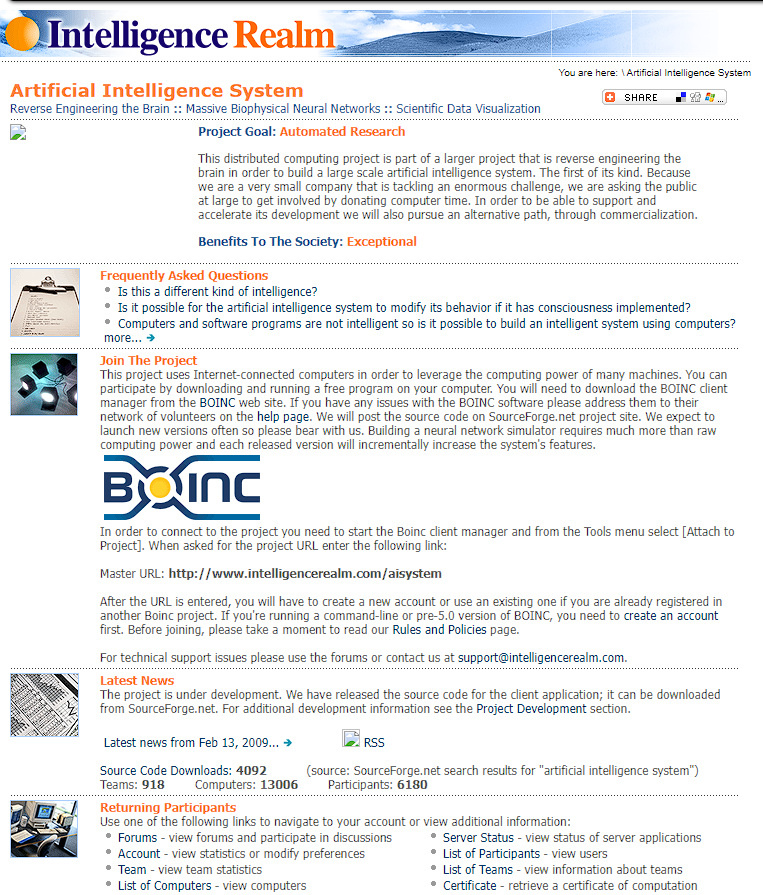Exploring Artificial Intelligence's Role in Medical Education at USask

In an era where technology increasingly informs various sectors, the integration of Artificial Intelligence (AI) into medical education has begun to take shape, particularly at the University of Saskatchewan (USask). Sundus Zia, a third-year medical student at USask, has taken the lead in investigating how AI can be incorporated into undergraduate health sciences curricula across Canada and the United States, with a focus on enhancing medical education.
Zia, who has a background in computer science, embarked on her research project with considerable enthusiasm and insight. She previously completed a Bachelor of Science in Computer Science at the University of Regina, where she was awarded a Natural Sciences and Engineering Research Council of Canada (NSERC) Undergraduate Student Research Award for exploring machine learning applications in population forecasting in Saskatchewan. This foundation in technology set the stage for her current exploration of AI's potential in medicine.
During an interview, Zia explained, "I recognized the value that AI could bring to the field of medicine. I searched for ways to merge my computer science background with my medical training, and that led me to focus on AI's educational applications." Her research was guided by discussions with Dr. Scott Adams, MD, PhD, a faculty member actively involved in AI initiatives at USask. These discussions underscored the need for medical students to understand AI's applications and ethical considerations in healthcare.
The significance of Zia's research lies in its potential to reshape the medical curriculum at USask. By analyzing common themes in AI education across various health profession institutions, she has identified critical topics that should be included in the curriculum. Notably, her findings led to the addition of four hours of AI instruction in the pre-clerkship curriculum, set to be implemented in the 2025/2026 academic year. This instruction will focus on fundamental aspects such as the ethical and legal implications of AI in clinical practice, empowering students to utilize AI responsibly as they transition into their professional roles.
"Starting early in medical education is crucial," Zia emphasized, indicating that early exposure to AI concepts equips students with the necessary skills before they encounter these technologies in clinical settings. However, she acknowledged that different stages of medical training may require tailored AI education, advocating for a comprehensive approach that spans from pre-clerkship to residency and beyond.
Zia's insights reveal a broader trend in health professions education, where faculty engagement is pivotal to integrating AI into teaching. She highlighted the importance of ongoing discussions surrounding acceptable AI use in educational settings, noting that as technology evolves, so must the strategies for its effective implementation.
In terms of faculty support, Zia advocates for providing educators with vetted AI models to ensure the reliability of the data used in teaching. She also conducted workshops at the Research, Innovation, and Scholarship in Education (RISE) faculty development conference, sharing best practices for incorporating AI into curricula.
The exploration of AI in medical education is not confined to USask alone. Zia’s preliminary findings suggest that various health professions prioritize similar themes in AI instruction, such as ethics and practical applications, indicating a collective recognition of the importance of AI literacy across healthcare disciplines.
The ongoing research by Zia and her faculty mentors represents a significant step towards a more integrated approach to AI in medical education. As Zia stated, "I hope to inspire other institutions to also add AI teaching into their health care profession curriculum." Furthermore, her research extends beyond education; she is also investigating how AI can mitigate physician burnout by alleviating administrative burdens and enhancing diagnostic accuracy through image recognition technologies.
As the field of AI continues to evolve, so too will the opportunities for its application in medical education and practice. The implications of this research could lead to a more informed and technologically adept generation of healthcare providers, better equipped to navigate the complexities of modern medicine. The integration of AI into the curriculum at USask serves as a model for other institutions aiming to adapt to the rapidly changing landscape of healthcare technology.
In conclusion, the trajectory of AI in medical education, as exemplified by Zia's research, holds promising potential not only for enhancing educational outcomes but also for improving patient care in an increasingly digital healthcare environment. The future of medical education may well depend on how effectively institutions embrace and integrate AI into their teaching methodologies.
Advertisement
Tags
Advertisement





